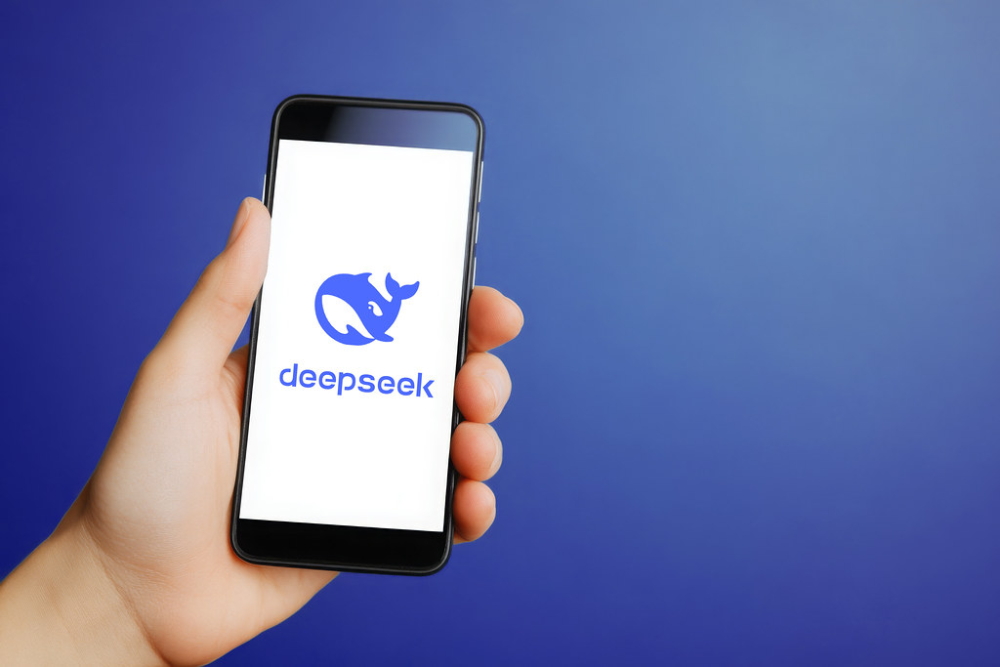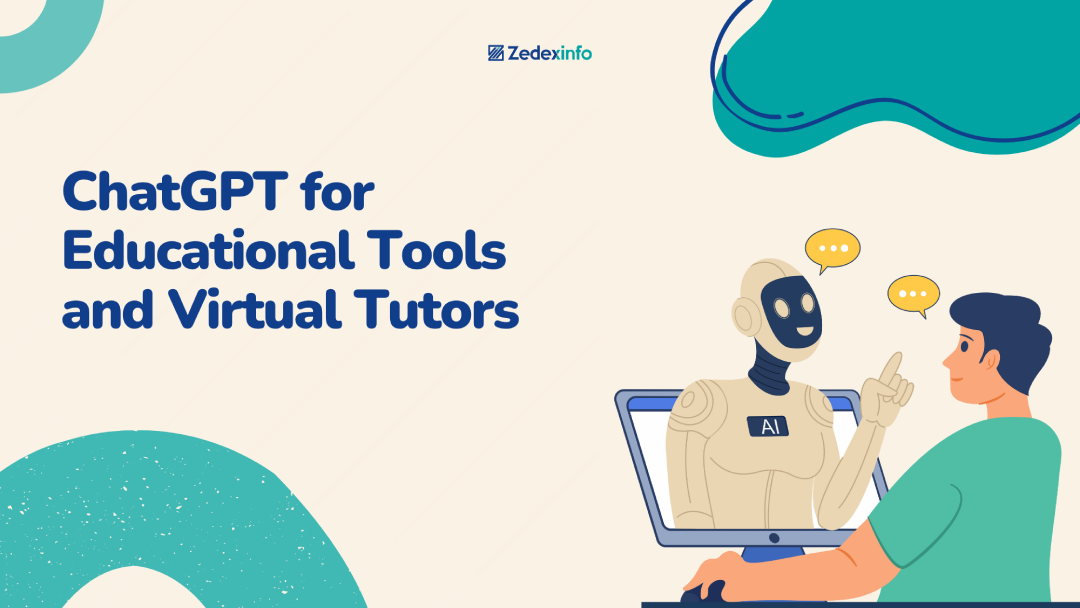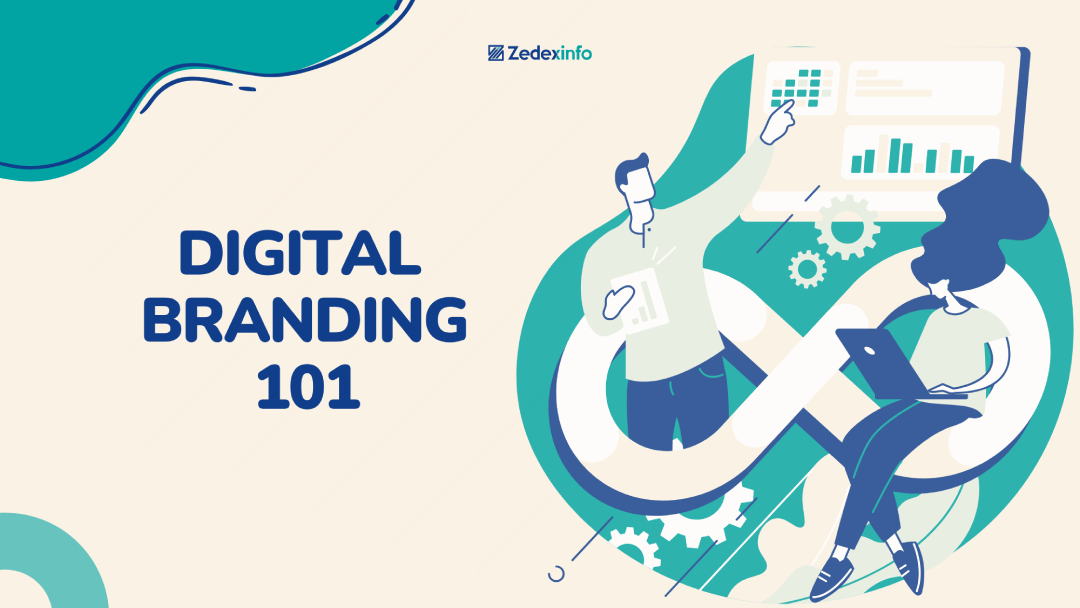On January 27, 2025, a quiet Monday turned into a seismic shift in the AI industry. DeepSeek, a rising Chinese startup, came into the public eye and took the US market by storm. In no time, it has dethroned ChatGPT as the most downloaded free app on the iOS app store in the US, shaking up tech giants and investors. DeepSeek’s rapid success caused Nvidia’s share price to drop by 18% in the stock market. Nvidia lost nearly $600 billion in market value, marking the largest drop in US stock market history.
Its huge impact even provoked reactions from President Donald Trump and OpenAI CEO Sam Altman. The US president announced a “wake-up call” for US tech companies to accelerate innovation and maintain global leadership in AI. Now, the question is, what exactly is DeepSeek, which has shaken the whole world, especially the US? In this blog, we are going to share What DeepSeek is along with its main AI models, and market impact.
What is DeepSeek – Founding and Background:
DeepSeek is a Chinese artificial intelligence (AI) company founded by Liang Wenfeng in 2023. With its headquarters in Hangzhou, Zhejiang, it has become a leading player in the tech industry. This company develops open-source, cost-effective large language models (LLMs) for global usage. Liang previously co-founded one of the top hedge funds, High Flyer, in China, which also backs DeepSeek.
By 2022, the fund had gathered 10,000 Nvidia A100 chips used for AI systems, but the US government soon restricted sales to China. DeepSeek now uses Nvidia’s H800 chips, which are not banned, showing that top-tier hardware may not be necessary for advanced AI research. Additionally, the usage of H800 has significantly reduced the development cost making it cost efficient and free to use.
DeepSeek has developed multiple AI models over the past years, but none of them captured global recognition and attention. Then came its V3 model, which sparked awareness about the company and eventually became the first success of DeepSeek. DeepSeek-V3 was founded on just $5 million, far less than the hundreds of millions spent by OpenAI, Meta, and Google.
By the time people had understood V3, a big breakthrough came from DeepSeek, which was its own AI assistant, R1. Officially launched last week, it has stormed the whole world with its popularity and attention. The R1 model, using MOE architecture, thinks at test time and often outperforms OpenAI in math, coding, and knowledge. Its low operational cost, open-source model, and easy-to-use interface caused it to surpass ChatGPT on Monday. The DeepSeek app has been downloaded nearly 2 million times from the app store since Monday.
Just like ChatGPT, it can answer the toughest and most complex questions that have shocked established industry leaders. But what makes it even more amazing is that its AI models provide top-tier chatbot performance at a fraction of the cost.
DeepSeek‘s Breakthrough AI Models – V3 and R1:
As we have mentioned above, DeepSeek has developed two significant and groundbreaking AI models, V3 and R1. Let’s now understand both of them in detail.
DeepSeek-V3: A Cost-Efficient GPT-4 Alternative
In December 2024, DeepSeek launched DeepSeek-V3-Base, a base model, and DeepSeek V3, a chat model. DeepSeek V3 is a large language model with 671 billion parameters, activating 37 billion per token through its Mixture-of-Experts (MoE) architecture. It was trained on 14.8 trillion tokens using Multi-head Latent Attention (MLA) and DeepSeek MoE architectures, achieving top results in math, coding, reasoning, and multilingual tasks.
DeepSeek’s multi-token prediction (MTP) enhances interference capabilities, promoting more accurate and faster result generation. Its enhanced natural language understanding and generation result in more accurate and logical results. V3 is useful for language translation services, automated content creation, and image and video analysis.
It has achieved 88.5 on the MMLU benchmark, answering complex educational queries and providing accurate details. Moreover, its state-of-the-art performance on Math 500 highlights its ability to tackle advanced mathematical reasoning and problem-solving tasks.
V3 rivals Open AI’s GPT 4 but at a fraction of the training cost, less than $6 million. The model quickly gained traction in China and beyond, with developers, researchers, and companies integrating it into various applications. DeepSeek has multilingual capabilities, making it accessible to global users.
DeepSeek-R1: The Biggest Breakthrough that has Surpassed ChatGPT
While the world was marveling at V3, DeepSeek launched the biggest breakthrough, DeepSeek-R1, in January last week. Building upon the foundation of DeepSeek-V3, DeepSeek-R1 is a reasoning-focused model designed to enhance problem-solving capabilities.
R1 is an advanced, intelligent, and affordable AI model with the same MOE architecture but has been fine-tuned to improve reasoning and analytical skills. What sets this model apart from V3 is its ability to think about its approach to math problems.
With advanced reasoning capabilities, it has proven to be an excellent invention for logical inference, coding, and problem-solving. By articulating reasoning, it can tackle highly complex math equations and codes and excel in logical reasoning. It has achieved a 79.8% pass rate on the American Invitational Mathematics Examination (AIME) 2024 and a 93% accuracy on the MATH-500 benchmark.
R1 is useful for educational tools, financial analysis and quantitative modeling, code generation, software development, and business decision-making.
R1 has already surpassed AI models like Gemini 2.0 Flash, Open AI’s GPT 4, Anthropic’s Claude 3.5 Sonnet, etc., in tasks like math, coding, reasoning, and general knowledge. It is reportedly 90-95 percent more affordable than OpenAI-o1, which has made it the biggest sensation in the tech world.
The downside is that DeepSeek is that it is limited by China’s policies on criticizing the CCP (Chinese Communist Party). For instance, it declined to discuss the 1989 Tiananmen Square massacre, saying, “Sorry, that’s beyond my current scope. Let’s talk about something else.”
What Sets DeepSeek Apart from Other AI Competitors?
DeepSeek, a company that is two years old, has gained significant popularity only recently, sparking widespread attention this Monday. Users and tech leaders are accepting and praising it for its cost-effectiveness, open-source approach, and performance metrics. Here’s a deeper look at why DeepSeek is different from other AI competitors:
Cost-Efficiency:
One of the biggest reasons DeepSeek is distinct and is creating high buzz now is its cost efficiency. DeepSeek creates high-performance AI models at a fraction of the cost compared to competitors like OpenAI. DeepSeek-V3, its flagship model, was trained for under $6 million, much less than models like GPT-4.
While models like OpenAI’s o1 cost about $15 per million tokens, DeepSeek‘s R1 only costs around $0.55 for the same tasks. This is because it doesn’t use huge computing or a gazillion graphic cards to run, which ultimately reduces its operational and development costs. This has raised the question: Do AI model developments truly require the level of investment OpenAI is making?
Free to Use:
Open AI and Claude Sonnet are paid AI tools, whereas Google Gemini is free but has usage limits. However, DeepSeek is exceptional—it’s free to use and has no usage limit. Low operational cost is the reason why R1 is free for users, which made it so popular that it surpassed ChatGPT in downloads in no time. People all over the world are accepting and using it for different purposes. Even many small businesses are integrating it, making it superior to others.
Open-Source Approach:
Contrary to many AI giants like ChatGPT, DeepSeek is deeply committed to open-sourcing, making its tools available to the global developer community. This means developers and researchers worldwide can access, modify, and build on DeepSeek’s models. The code and technical details are available publicly to help AI professionals understand and analyze the concepts.
Any country can use DeepSeek’s AI models to create its own AI systems, making it more valuable and admired than ChatGPT. It even fosters collaborations and contributions from global leaders, which promotes faster innovation. Due to this open-source approach, the tech community has shown massive interest in DeepSeek, leading it to surpass ChatGPT.
Performance Metrics:
DeepSeek V3 has emerged as a strong competitor to GPT-4, offering comparable performance at a fraction of the cost. Its V3 model has demonstrated strong capabilities in general knowledge, mathematical reasoning, and code generation. On the other hand, the R1 model has shown excellence in mathematics, reasoning, coding, and natural language processing.
DeepSeek processes 90 tokens per second, outperforming GPT-4 in speed and efficiency. Benchmark tests show DeepSeek-V3 outperforms models like Llama 3.1 and Qwen 2.5, matching GPT-4o and Claude 3.5 Sonnet. DeepSeek-R1 equals or exceeds OpenAI’s o1 model on AIME (79.8% pass@1) and MATH-500 (97.3% pass@1). Its V3 version is 3 times faster than V2, ensuring it handles queries faster and more efficiently than the older version.
Market Impact of DeepSeek: Disrupting the AI Industry
DeepSeek has stormed the AI market with its open-source AI models and innovative pricing strategies. It has positioned itself as a serious competitor to established AI giants like OpenAI and Google’s Gemini. Have a look at how exactly it has impacted the market:
Disrupting the Pricing Structure:
DeepSeek is offering AI models at a lower cost compared to the AI giants like Open AI and others. V3 and R1 are known for offering superior performance at lower costs compared to more established companies like OpenAI and Google. This low pricing has forced renowned competitors to reassess their pricing strategies.
Companies like OpenAI and Google are facing constant pressure to offer affordable rates or be prepared to lose their market share to DeepSeek. It has even fostered a new generation of AI-powered startups. Small and medium-sized enterprises (SMEs) that cannot afford large-scale AI infrastructure are now able to leverage DeepSeek’s models for natural language processing (NLP).
DeepSeek‘s AI Assistant got Immediate Success:
DeepSeek‘s own AI assistant, powered by V3, immediately caused a buzz by surpassing ChatGPT in popularity on platforms like Apple’s App Store in the US. It has become the top-rated free app in the US, with users praising its ability to produce high-quality responses and perform a variety of tasks like a more established AI assistant. The rapid adoption of DeepSeek‘s AI Assistant indicates a growing interest and trust in its capabilities. By catering to international audiences and developers, it has gained significant buzz in the market.
Disruption of Major AI Players:
DeepSeek’s cost-effectiveness and open-source nature have directly impacted the shares of Nvidia and Open AI, which has become the biggest news of 2025. As per the reports, Nvidia’s stocks fell by 18%, which caused a loss of $600 billion in market value. This is the biggest drop in US stock market history, making it a buzzing and trending technology in no time.
DeepSeek-V3’s success and its AI Assistant’s popularity have made it a strong rival to OpenAI’s GPT-4 and Google DeepMind. It forced major companies to rethink their strategies, prompting even Donald Trump to push for AI innovation and global leadership. The monopoly of the AI industry, which has been dominated by the USA until now, is now shifting.
The Democratization of AI:
Integrating AI has always been reserved for large corporations that can make significant investments in developers, technology, and other aspects. However, DeepSeek‘s AI models are open source, making AI available to a wider audience. Its easy accessibility and lower cost have allowed SMEs to adopt AI solutions for data analytics, customer service automation, and even advanced machine learning capabilities. This fosters innovation and accelerates digital transformation across sectors, leading to the global democratization of technology.
Accelerating AI Adoption Across Industries:
DeepSeek’s V3 and R1 are cost-effective and offer highly customizable AI solutions, increasing their adoption across industries. Many E-Commerce platforms have already integrated DeepSeek‘s AI models into their apps for personalized product recommendations, automated customer support, and trend analysis. Even the healthcare sector is adopting DeepSeek‘s AI models for medical research, patient care automation, and diagnostic support. Among others, finance and trading are sectors where DeepSeek AI models are being used for fraud detection, risk assessment, and even trading.
Cybersecurity Concerns and Data Privacy Issues:
Besides taking over the whole world in a positive way, DeepSeek is also prone to cybersecurity concerns and data privacy issues. DeepSeek has faced a large-scale cyber-attack that disrupted its services. In response to it, the company has limited new registrations as of now. This raised the question of the security of the AI model and the potential concerns of this open-source system.
Besides that, DeepSeek models store and process data in China, raising concerns about user privacy and data security. These issues have sparked debate on the ethical implications of such rapidly advancing AI technologies. However, DeepSeek is continuously improving its AI models in terms of both performance and security, stabilizing its position in the AI industry.
Conclusion:
DeepSeek is basically a Chinese AI company that develops low-cost, open-source AI models for global usage. Established in 2023, it has developed multiple AI models that failed to gain traction. However, in 2024, it developed DeepSeek-V3, an open-source AI model that is free for users and accessible to anyone. Soon after its success, DeepSeek developed R1, a reasoning AI model that became the biggest breakthrough for the company. On Monday, it surpassed Open AI’s ChatGPT on the App Store and caused an 18% decline in Open AI shares. DeepSeek‘s AI models are cost-efficient and open-source, which makes them distinct and superior to others. In a very short time, it has disrupted the pricing structure and major AI players and has become the most talked about technology of 2025.




